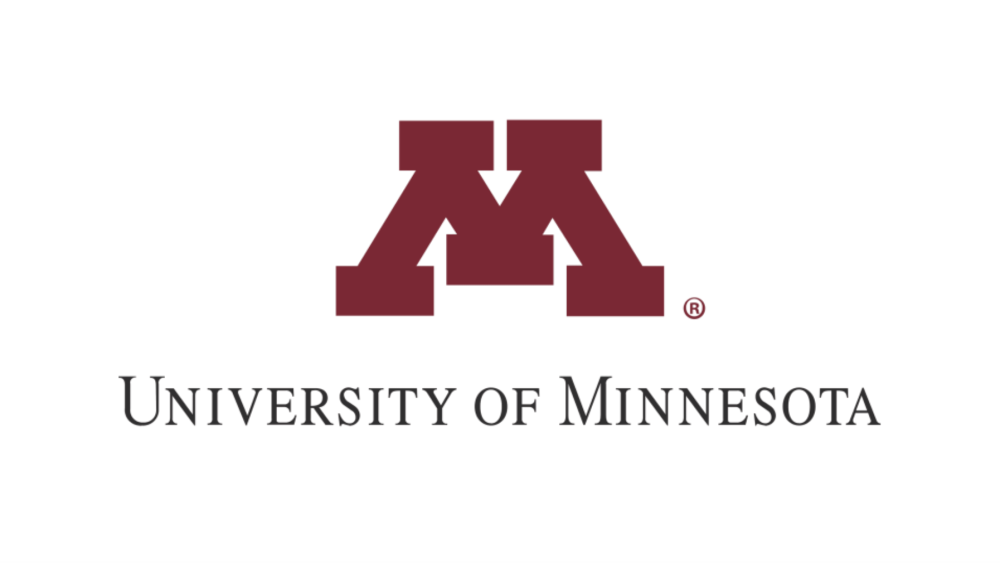Athletics
Athletics, otherwise known as track and field events, is Special Olympics’ largest sport. Introduced to the lineup of sports in 1968 as one of the few sports to be held at the first ever World Summer Games, athletics has since grown to include more than 260,000 active athletes and Unified partners each year. Generally split into the three disciplines of running, jumping, and throwing, athletics offers Special Olympics athletes the opportunity to demonstrate their speed, strength, and fitness, and to compete at their optimum level.
How It’s Performed:
In athletics, participants compete in a range of events categorized as either track events or field events. Track events consist of races varying in length from 50 meters to 10,000 meters, including walking races and relay races. Field events encompass the running long jump, the shot put, the mini-javelin, and the high jump. In these field events, athletes strive to achieve the longest jump, the farthest throw, or the highest jump to be declared the winner. Finally, there is the pentathlon, which combines five separate track and field events, including the 100m, the running long jump, the shot put, the high jump, and the 800m. Scores from each event are converted into points, with the athlete accumulating the highest total points emerging as the winner. The dynamic nature of athletics showcases a diverse array of skills and physical prowess.
Track and field (Athletics) taught me the true meaning of hard work, dedication, and perseverance. It’s a sport that celebrates the human body’s incredible potential. I’m thrilled to be an ambassador for the 2026 Special Olympics USA Games in my home state of Minnesota, where athletes will showcase their determination and inspire us all to strive for our personal best.









